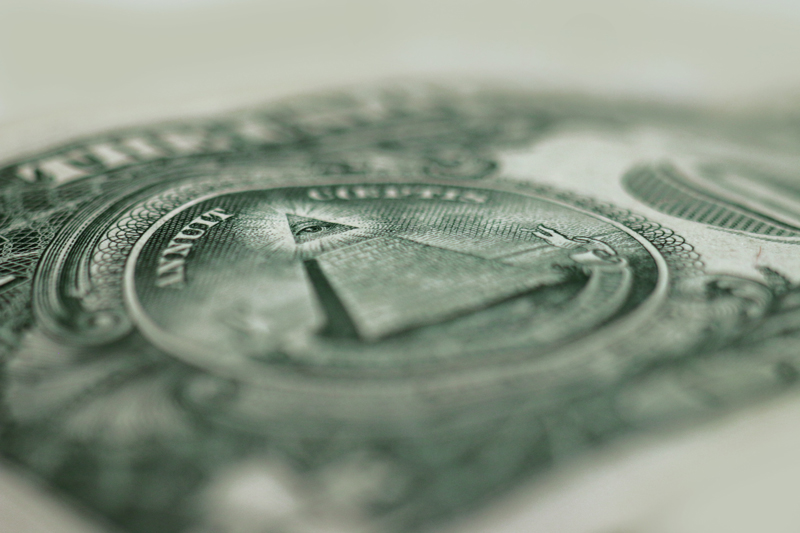8/28/2015
In recent days, the US stock markets have reflected those overseas, first selling off 1% or more on several consecutive days, then a couple of huge down days on August 21 and 24. There are multiple drivers behind this, including softness in many major economies, most notably China’s, limited visibility on global growth drivers, and a continuing deterioration of commodity prices, especially in the world’s one industrial lifeblood commodity, oil. US markets, prior to the past six weeks, had steadily tracked upwards for 23+ months, with a couple of short-lived corrections along the way.
The correction that we are in serves two purposes. First, it takes out weak money and speculative investors who rely too much on margin (loans) to leverage their positions. Reduction in this speculative overhead helps to restore balance and proper pricing to equity prices. So the second purpose of the correction is that it buys time for the long term investor’s positions, to allow corporate earnings to catch up with the values of shares that are implied in their prices. Before the correction, the PE ratio of the S&P500 was over 21. Now it is around 19. If the market takes six to nine months to return to its recent highs, earnings as projected forward would keep the PE of the index at or below this current level, in historically “safe” territory.
In this instance, the market corrected itself, as investor emotions were at a tipping point, and external events (Chinese currency devaluation and market issues) pushed investors over to the sell side. There was no Fed intervention with interest rates to cause this sharp equity correction. When is the last time that such a sharp correction occurred without Fed provocation? The most notable one is the stock market “Black Monday” of late 1987, under some slightly different circumstances, and with a much worse dropoff. However, the markets had run up 44 percent in just 7 months prior to that crash, and had almost doubled in the space of 2 1/2 years, between January of 1985, and mid-1987. In the year after that severe correction, markets continued to fall, until resuming upwards after a 45% total decline. It is worthwhile noting that while the markets were resetting, the rest of the economy continued to move along, and no recession resulted.
http://www.federalreservehistory.org/Events/DetailView/48
In mid-1998, the collapse of the hedge fund Long Term Capital Management (LTCM) caused a precipitous 15% decline in the stock markets. LTCM was creating its own internal “wallpaper”, leveraging its investments at 25-to-1 with loans. International issues such as the Asian currency crisis and Russian debt defaults eventually raised this leverage to over 55-to-1, especially after the stock market dropped. This market correction was swift in occurrence. Due to Fed intervention to first improve general liquidity, and then specifically with a New York Fed-led bailout of LTCM, the correction was over in a matter of just four months.
http://merage.uci.edu/~jorion/papers%5Cltcm.pdf
Helping along at the time was the Y2K spending stimulus, and the concurrent dotcom frenzy, both causing investors to continue to pour funds into the markets for another year. ALSO, at this same time, just like now, the price of petroleum was collapsing due to overproduction, stimulating everything but the energy sector. Petroleum briefly traded below $10 a barrel in late 1998, before returning to an upward track.
http://www.macrotrends.net/1369/crude-oil-price-history-chart
So, similarities from 1987 and 1998 to now are the overseas economic issues and low energy prices. The one significant difference at the moment is that our own economy is not overheated in any major sector, interest rates are at historic lows, and then the likelihood that the Fed will be very cautious about doing any damage with significant interest rate hikes.

